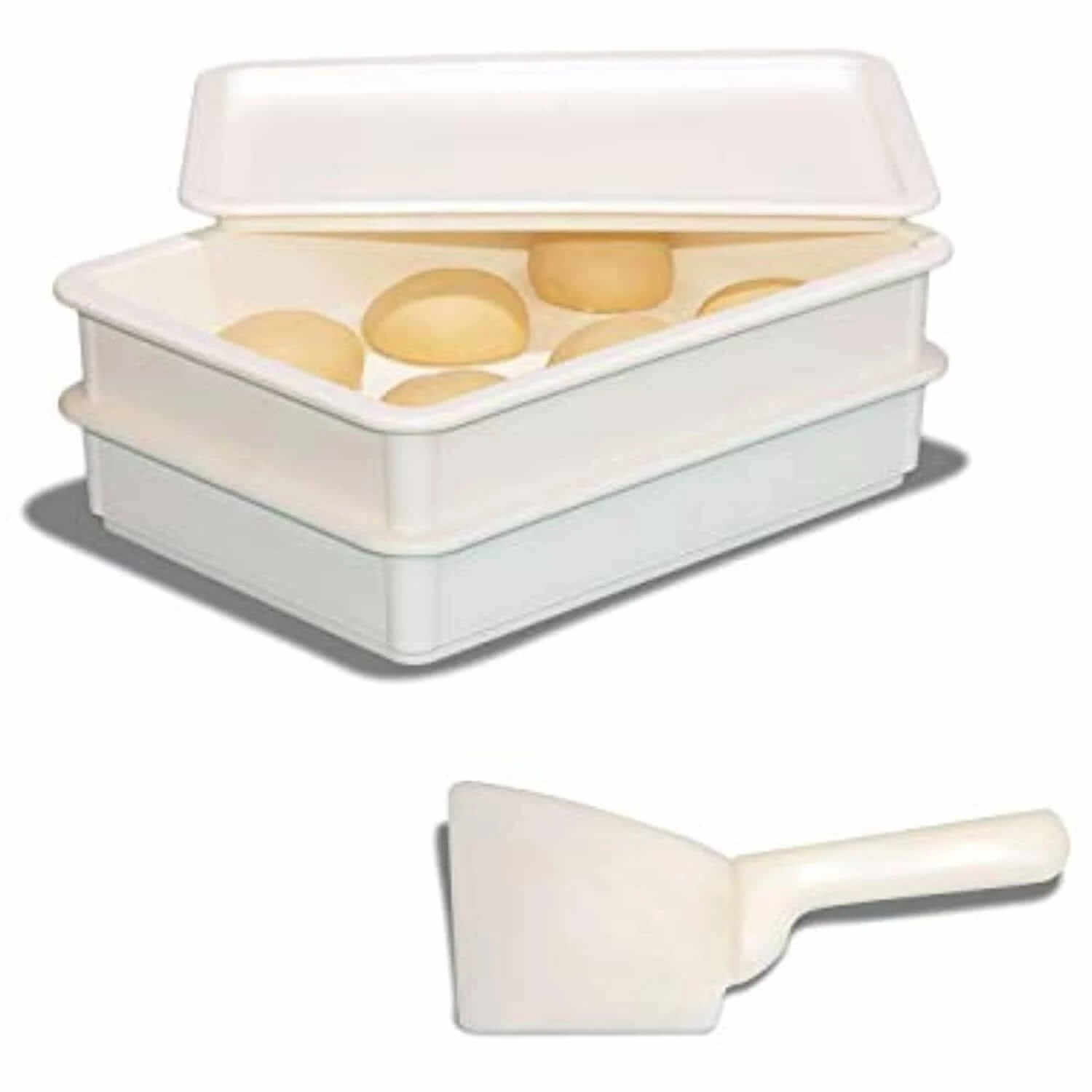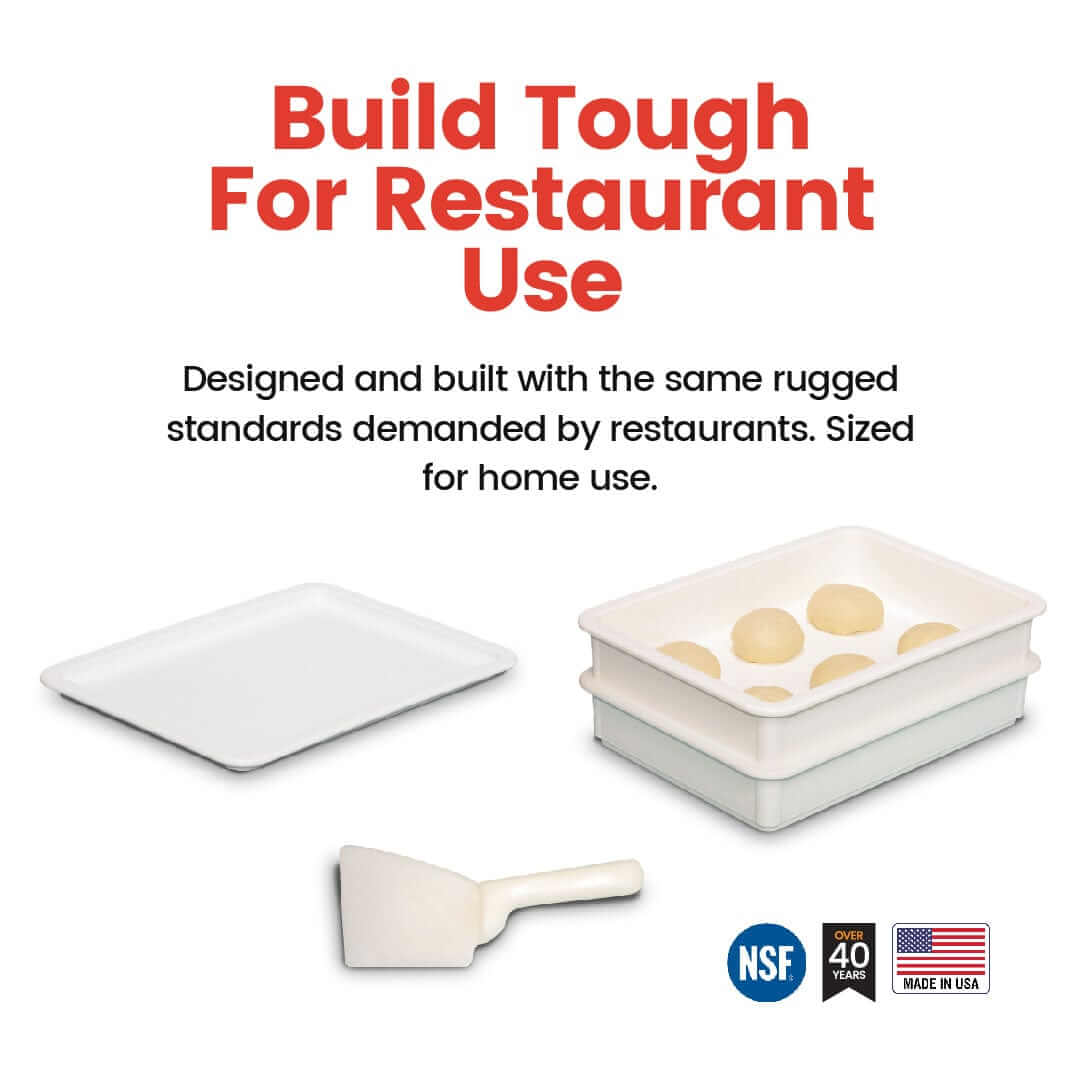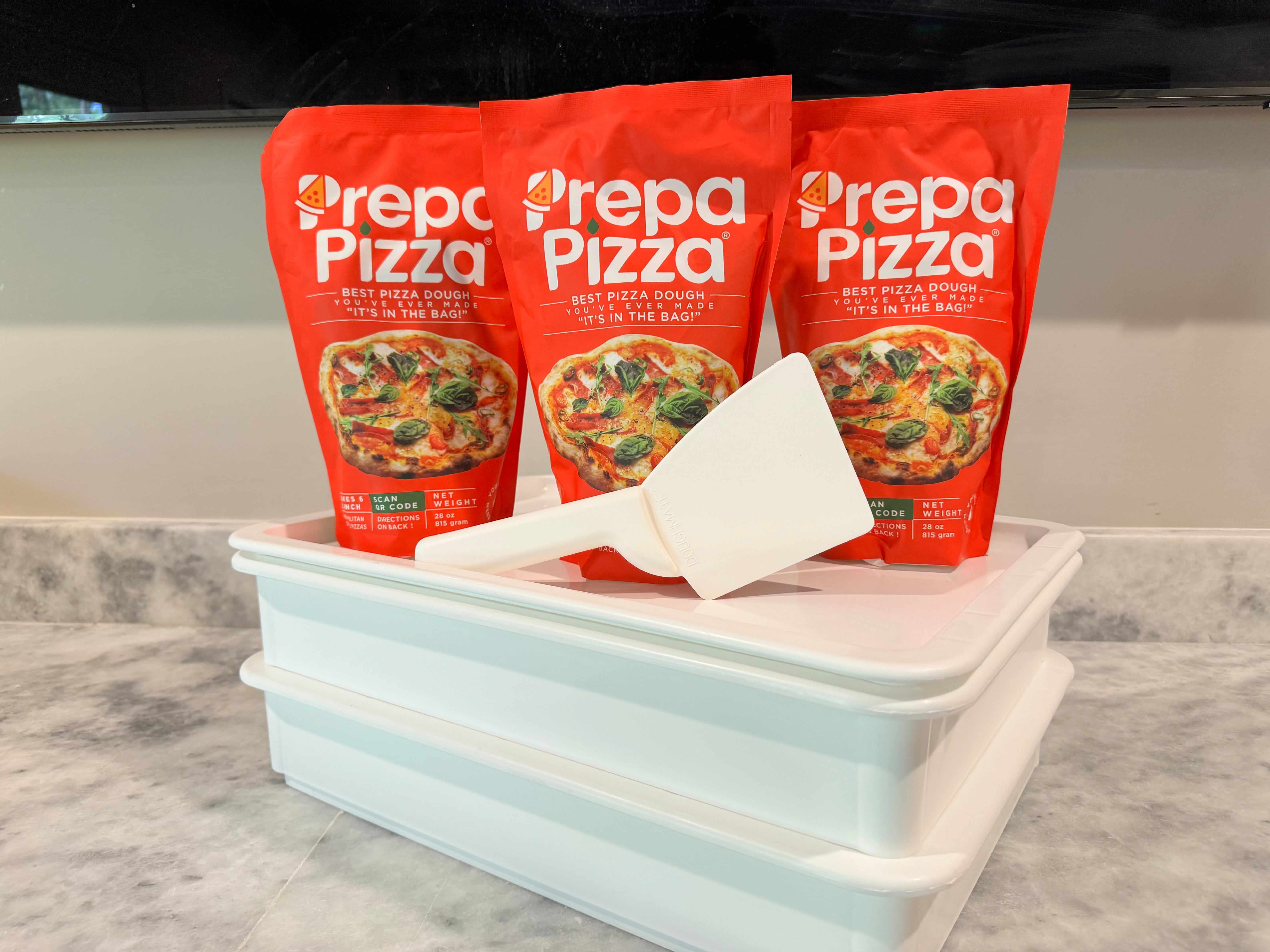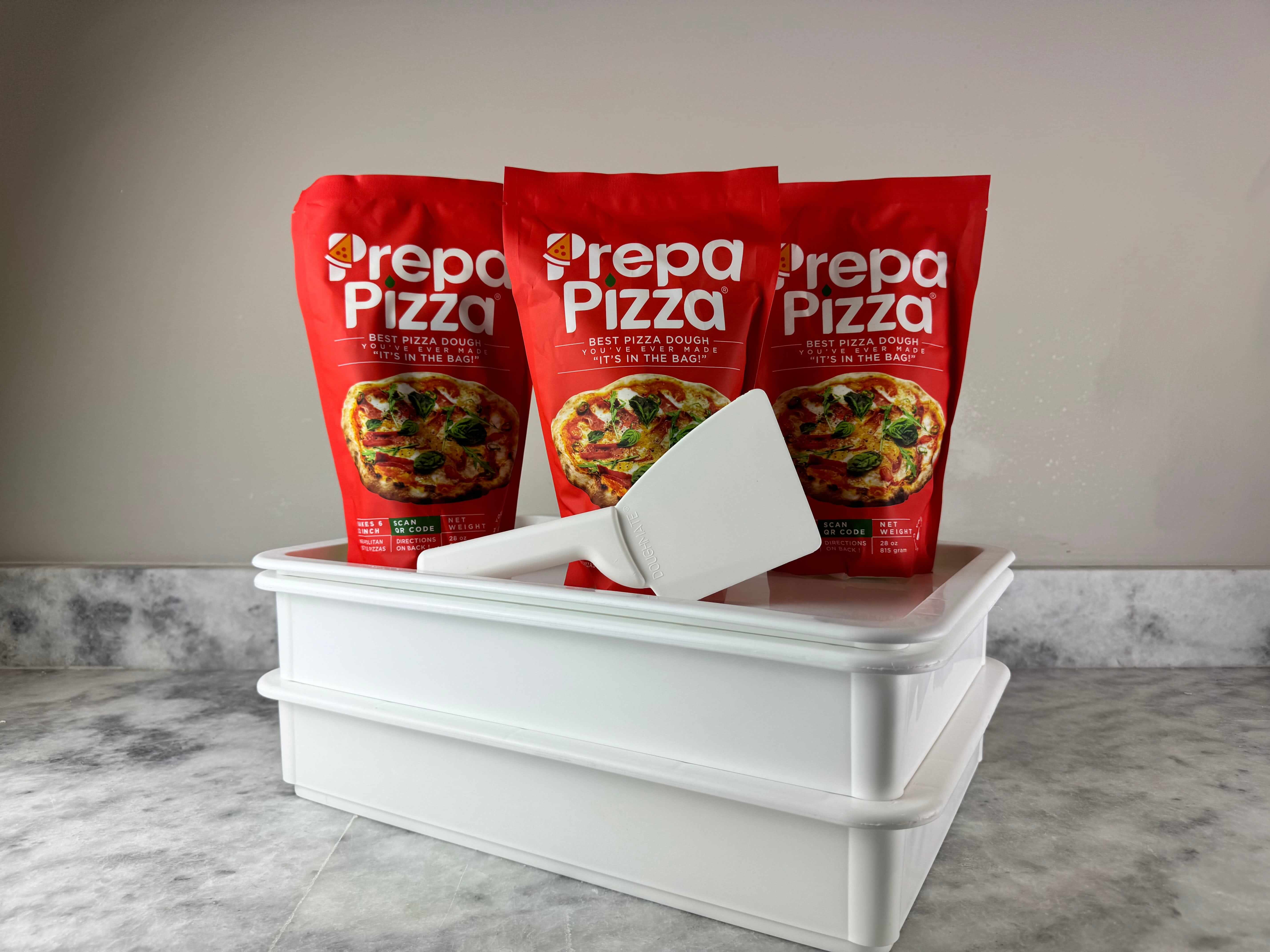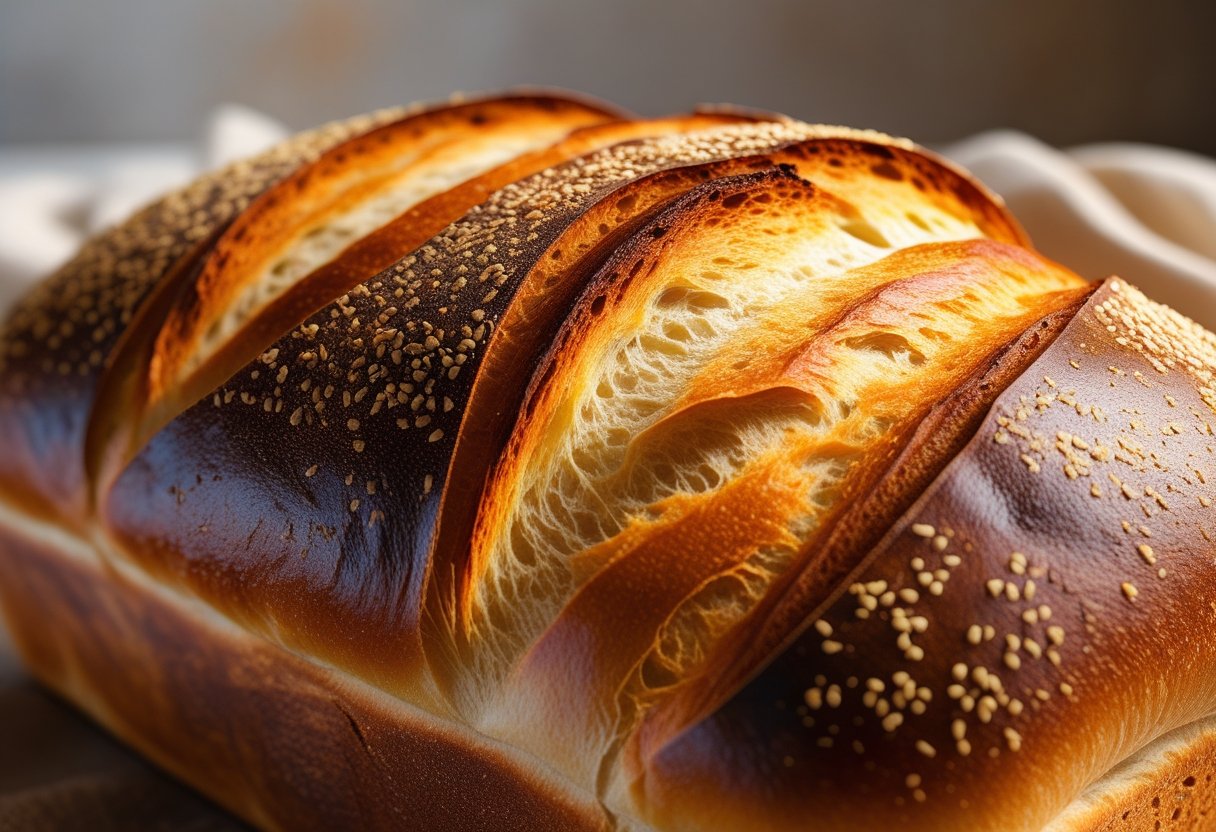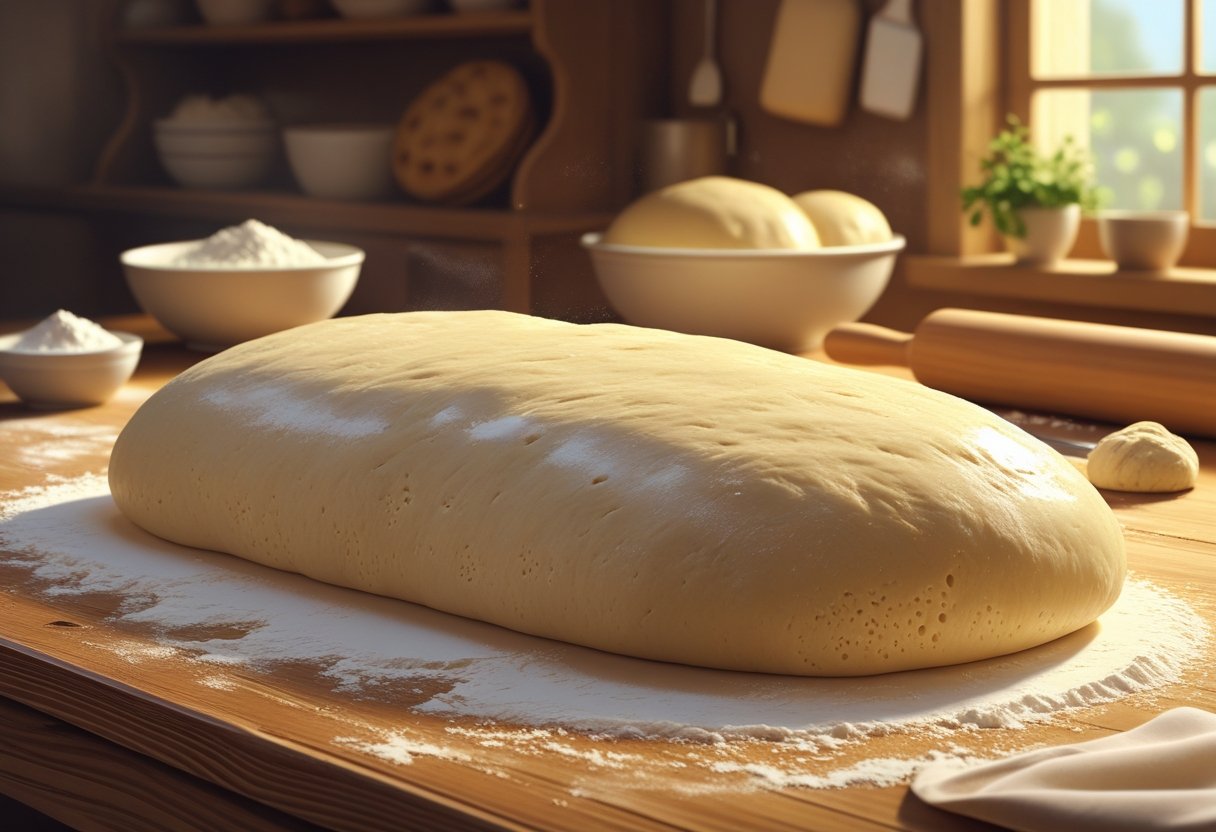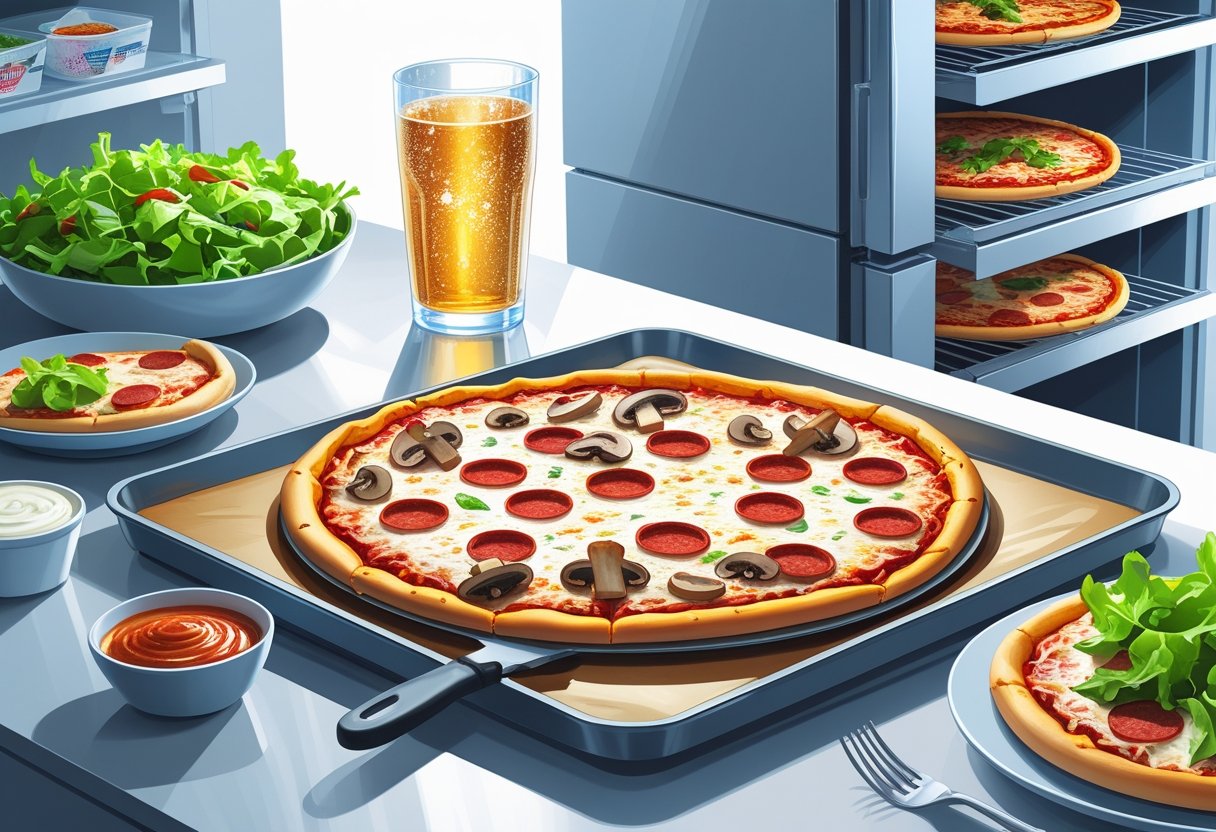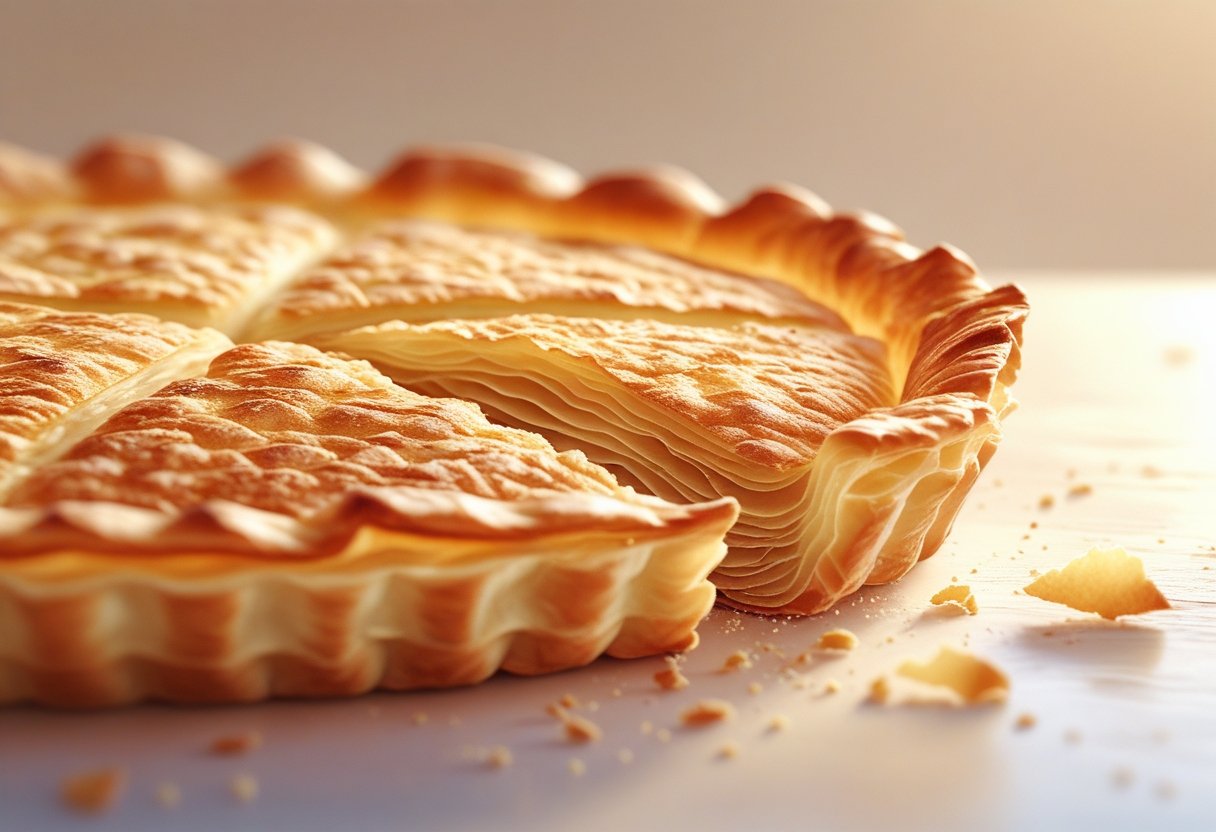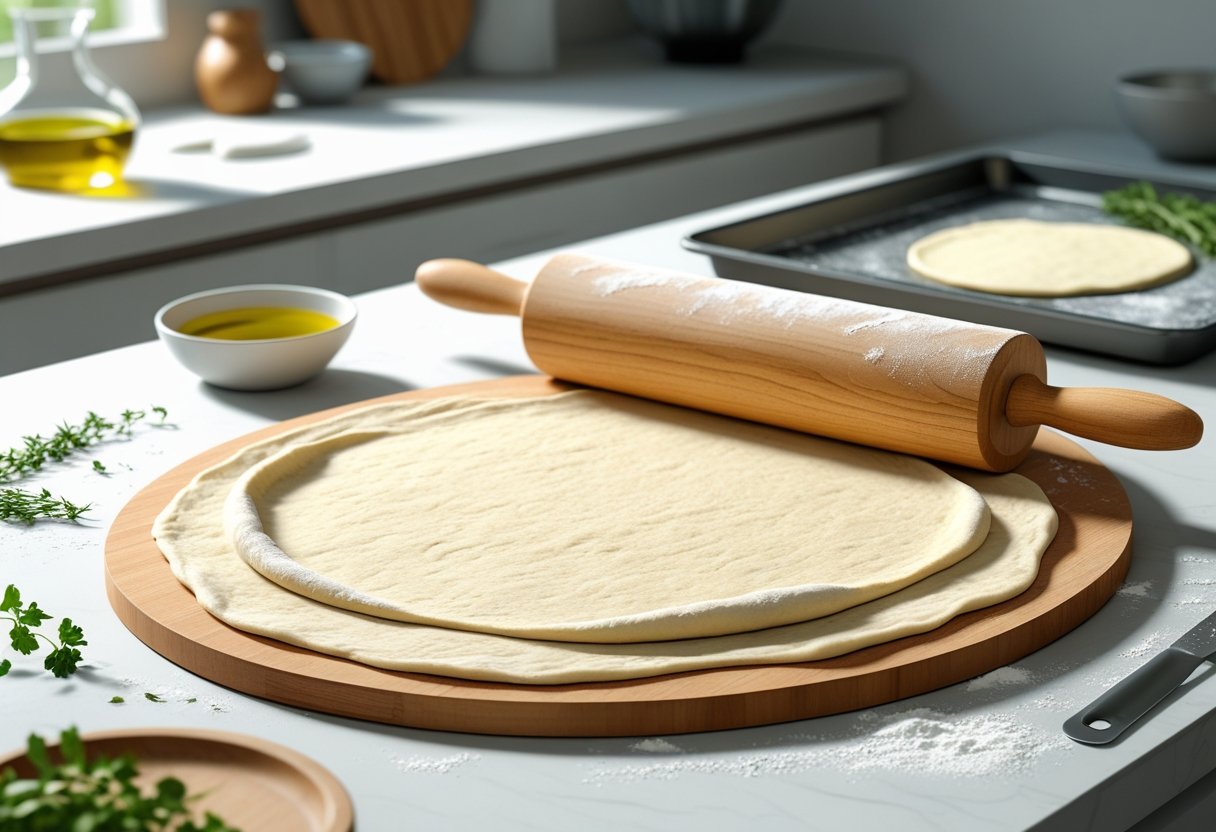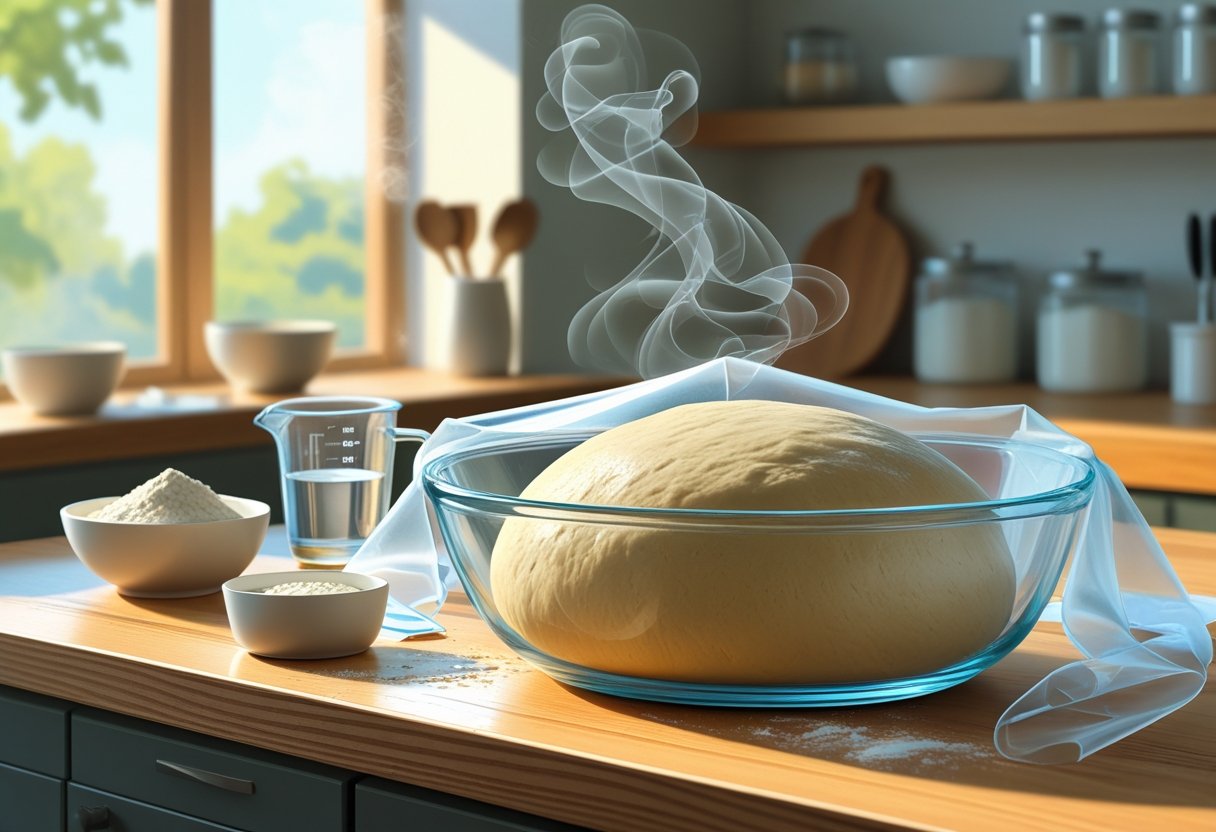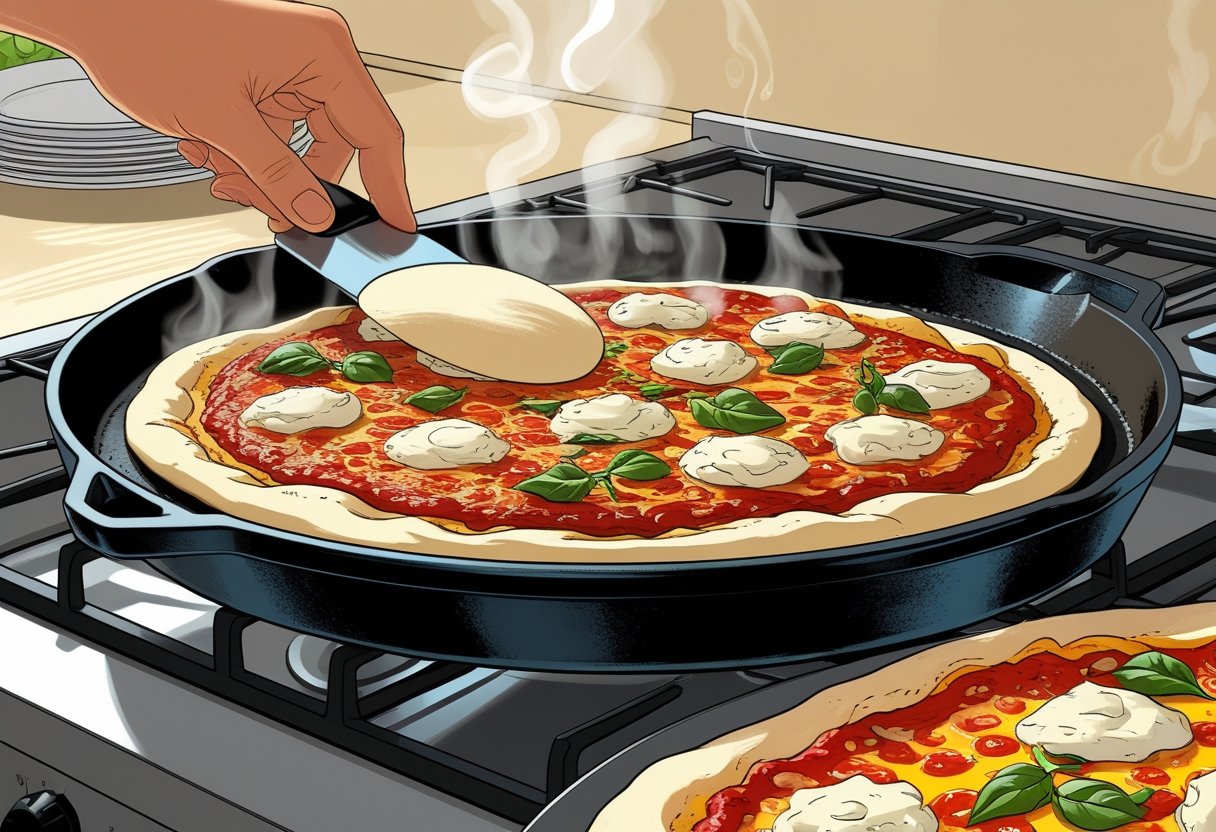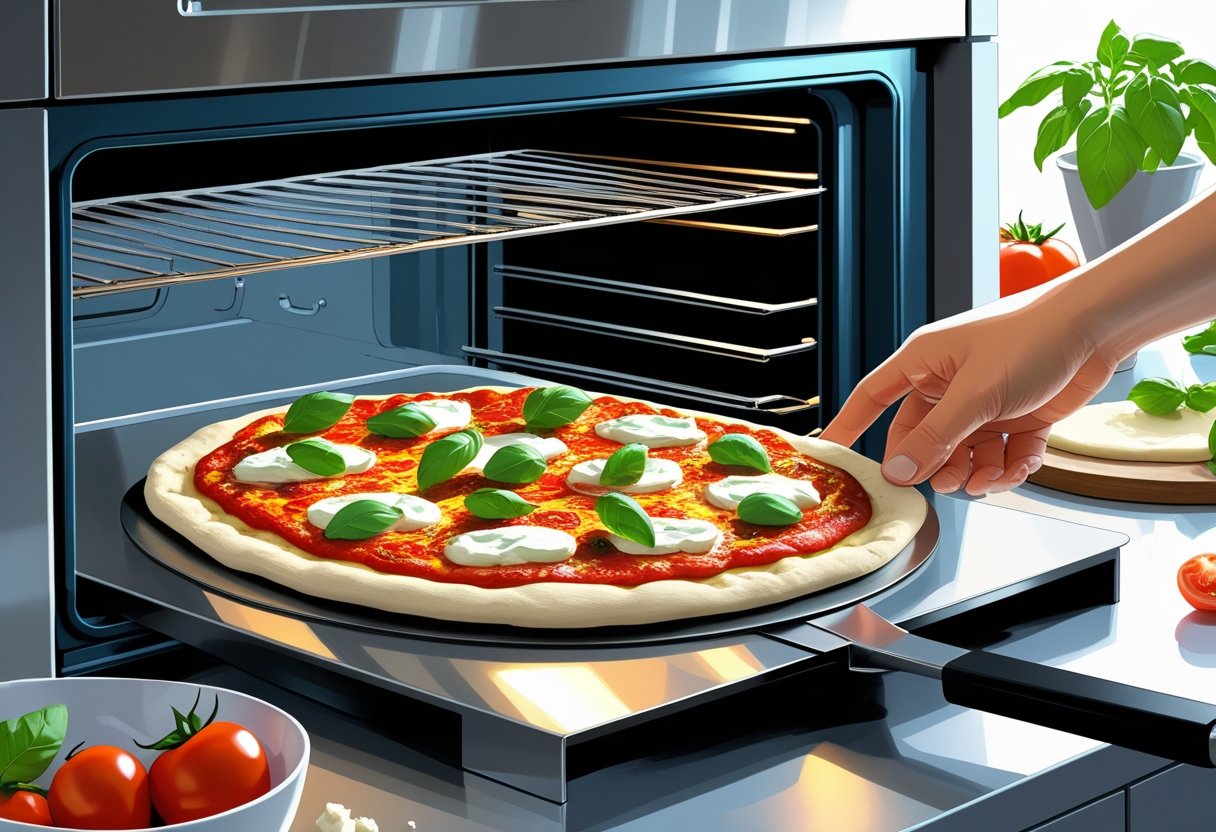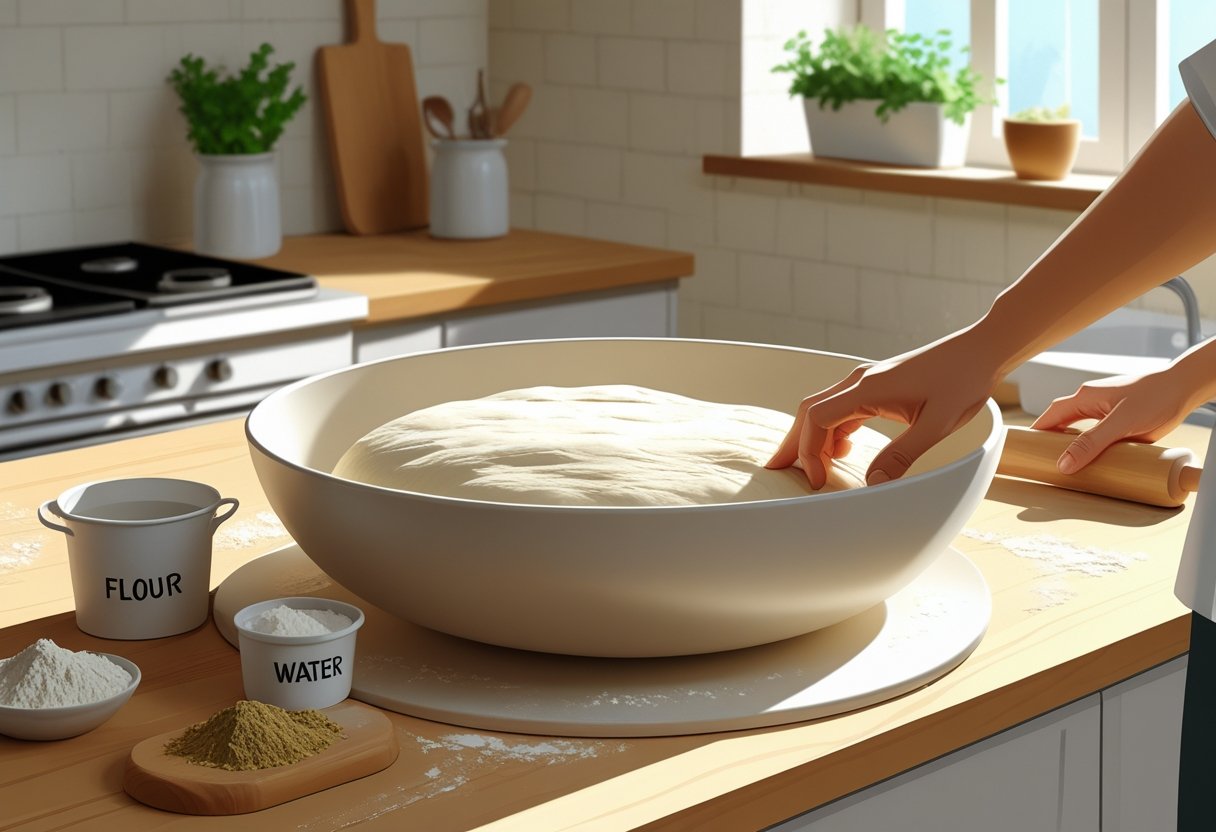
No Salt Pizza Dough: Creating Delicious Crusts Without Sodium
Craving pizza but need to keep your sodium intake in check? No salt pizza dough is the perfect solution, allowing you to enjoy delicious homemade pizza without the added sodium. With Prepa Pizza's premade dough, you can easily create a low sodium pizza that doesn’t compromise on flavor or quality. Made from premium ingredients, this dough is designed to give you that restaurant-quality experience right in your own kitchen. You can find more about this convenient option on Prepa Pizza's product page.
Making your own pizza at home gives you the freedom to customize toppings while keeping your meals healthy. Whether you're incorporating fresh vegetables, herbs, or a sprinkle of low sodium cheese, the right dough serves as a solid foundation for your creations. With the right techniques, you can whip up a low sodium pizza that is both satisfying and guilt-free, allowing you to indulge without worrying about your health goals.
Experimenting with no salt pizza dough offers an excellent opportunity to redefine your pizza nights. You can enjoy the process of mixing your ingredients and crafting your dish while controlling what goes into your meal. Dive into the world of homemade pizza with Prepa Pizza’s easy-to-use premade dough and elevate your dining experience today.
Understanding No Salt Pizza Dough
No salt pizza dough is a versatile alternative for those looking to reduce their sodium intake without sacrificing flavor or texture. This section explores the defining characteristics of salt-free dough, its health benefits, and how it compares to low sodium options.
What Makes Pizza Dough Salt Free
Salt-free pizza dough is crafted using basic ingredients like flour, water, yeast, and oil, without any added salt. This means that if you follow a low sodium diet, you can still enjoy homemade pizza without worrying about excess sodium levels.
Key Ingredients:
- Flour: Provides the primary structure.
- Yeast: Helps the dough rise and gives it a light texture.
- Oil: Adds richness and improves the dough's elasticity.
Prepa Pizza offers a premade dough that is salt-free, making it easier than ever to create your favorite pizza at home. Whether you load it up with toppings or enjoy it simple, you'll find that quality ingredients like those in Prepa Pizza's dough lead to a superior crust. You can check out their offerings here.
Health Benefits of Salt Free Pizza Dough
Eating salt-free pizza dough can significantly benefit those who monitor their sodium intake. High sodium consumption is linked to health issues such as hypertension, heart disease, and stroke. With no added salt, you can enjoy pizza while adhering to dietary restrictions associated with a low sodium diet.
By choosing salt-free options, you also gain control over the sodium levels in your entire meal. This is particularly beneficial for individuals with specific dietary needs or those seeking healthier eating habits. When using salt-free dough, the focus shifts to flavorful toppings that enhance the overall taste without compromising health.
Comparing No Salt and Low Sodium Pizza Dough
While no salt pizza dough contains absolutely no sodium, low sodium pizza dough has reduced sodium levels, typically below 140 mg per serving. Both options allow you to enjoy a pizza experience without an overload of sodium.
When considering these options, think about your dietary needs. No salt dough is ideal if you need to avoid sodium completely. In contrast, low sodium pizza crust can be a flavorful compromise for those not on strict sodium restrictions.
Prepa Pizza provides both salt-free and low sodium options, ensuring you have choices that align with your health goals.
Essential Ingredients for No Salt Pizza Dough
Creating a flavorful no salt pizza dough relies on selecting the right ingredients, each contributing unique properties. Key components include various flour types, the role of fats, and specialty ingredients that amplify taste. With the right mix, you can achieve a satisfying crust even without salt. Prepa Pizza offers a premade dough that incorporates these essentials, ensuring quality for your pizza nights. You can explore their offerings here.
Flour Types: All Purpose, Bread Flour, and More
The choice of flour is critical in crafting no salt pizza dough. All purpose flour is versatile and provides a good texture for your crust. Its moderate protein content helps achieve a balance between chewiness and tenderness.
Bread flour, on the other hand, contains higher protein levels, which enhances gluten formation. This results in a chewier crust that many pizza lovers enjoy. Some recipes may also include a blend of whole wheat flour for added nutrition. Ensure you sift your flour for a light texture before mixing.
The Role of Olive Oil and Warm Water
Adding olive oil serves multiple purposes in no salt pizza dough. It enhances the dough’s flavor and gives it a richer mouthfeel. Moreover, olive oil contributes to a crispier crust when baked.
Warm water is essential for activating the yeast, allowing the dough to rise. Aim for a temperature between 100°F to 110°F. Too hot can kill the yeast, while too cold will slow down fermentation. Combining warm water with oil during mixing promotes better hydration of the flour as well.
Using Instant Yeast and Honey for Flavor
Instant yeast is favored in no salt pizza dough recipes for its convenience. It doesn't require proofing, which simplifies the preparation. Using instant yeast helps the dough rise quickly, providing a light and airy texture.
Incorporating honey adds subtle sweetness and helps with browning during the baking process. Its natural properties also support yeast activity, allowing your dough to rise effectively without additional salt. You only need a small amount to enhance flavor without overpowering the recipe.
Enhancing Taste with Garlic Powder and Italian Seasoning
To offset the absence of salt, consider using garlic powder and Italian seasoning. Garlic powder adds a robust flavor that complements the other ingredients well. A pinch can significantly elevate your dough's taste profile.
Incorporating an Italian seasoning blend introduces a medley of dried herbs like oregano, basil, and thyme. These herbs contribute aromatic flavors, making your pizza crust more palatable. Adjust the amounts based on your preference, keeping in mind that a little goes a long way.
Step-by-Step No Salt Pizza Dough Recipe
Creating a no salt pizza dough from scratch is straightforward and rewarding. This guide will walk you through each step, ensuring you achieve a perfect crust every time. For those who prefer convenience, consider Prepa Pizza’s premade dough, which uses quality ingredients for a restaurant-quality experience. You can find more about it here.
Mixing and Kneading the Dough
Start by gathering your ingredients, including flour, sugar, yeast, and olive oil. Place these ingredients in a mixing bowl or use a stand mixer for convenience. Gradually add warm water to the mixture while stirring.
Knead the dough until it becomes smooth and elastic. This process typically takes about 8-10 minutes by hand or 5-7 minutes using a stand mixer. If using a mixer, opt for a dough hook attachment to facilitate the mixing. The correct texture should be slightly tacky but not sticky.
Proofing and Rising Techniques
Once the dough is kneaded, transfer it to a lightly oiled bowl. Cover the bowl with plastic wrap or a clean kitchen towel. Allow the dough to rise in a warm place for about 1 to 1.5 hours or until it has doubled in size.
To ensure proper proofing, preheat your oven to the lowest setting for a few minutes, then turn it off. Place the dough inside the oven with the light on. This warm environment helps activate the yeast, enhancing the dough's flavor and texture.
Shaping the Pizza Crust
After the rise, punch down the dough to release excess air. Turn the dough out onto a floured surface to prevent sticking. Using a rolling pin, roll it out to your desired thickness.
You can prepare individual pizzas by dividing the dough into smaller portions. For a traditional round crust, form the dough using your hands, stretching and shaping it gently. Ensure the edges are thicker for a nice crust.
Baking Methods: Pizza Stone, Parchment Paper, and Bread Machine
For baking, you have multiple options. If you own a pizza stone, place it in the oven while preheating (about 475°F). Once the stone is hot, transfer your shaped dough directly onto it for a crispier crust.
Alternatively, you can use parchment paper. Place the dough on a piece of parchment, then slide it onto a baking sheet. This method makes transferring the pizza easier.
If you own a bread machine, you can also use it for your dough. Follow the manufacturer’s instructions for dough preparation, ensuring you select the correct setting. With any method, bake until the crust is golden brown and the toppings are cooked through.
Using Prepa Pizza’s premade dough can significantly simplify this process, giving you delicious results without the hassle.
Crafting the Perfect Low Sodium Pizza
Creating a delicious low sodium pizza involves selecting the right ingredients, preparing flavorful sauces, and choosing toppings that enhance taste without adding excess salt. With Prepa Pizza's premade dough, you can enjoy a convenient, high-quality base that’s perfect for your homemade creations. For more details, visit Prepa Pizza.
Choosing and Preparing Low Sodium Pizza Sauce
When it comes to pizza sauce, opt for low sodium tomato sauce as your base. You can enhance flavor by adding herbs like oregano, basil, and even garlic powder without increasing sodium levels.
For a homemade sauce, blend fresh tomatoes, but keep an eye on ingredients. This option allows you to control the sodium content fully. Incorporate onion powder for depth without added salt.
Consider mixing in roasted red peppers or sun-dried tomatoes for extra richness. These ingredients can elevate your sauce while keeping it low in sodium, ensuring you enjoy a robust flavor profile.
Topping Ideas: Vegetables, Cheeses, and Proteins
Vegetables are fantastic low sodium pizza toppings. Load your pizza with bell peppers, spinach, mushrooms, and zucchini to increase flavor and nutrition. These toppings not only add color but also boost fiber and vitamins.
When it comes to cheese, select fresh mozzarella or goat cheese. These types often have lower sodium content compared to processed options, contributing a creamy texture and rich flavor.
For those desiring protein, consider using ground beef or grilled chicken. Season these proteins with herbs instead of salt, enhancing taste while staying within sodium limits. Each topping adds unique textures and flavors, ensuring every bite is satisfying.
Finishing Touches for a Flavorful No Salt Pizza
To elevate your pizza, sprinkle toppings with freshly cracked black pepper, red pepper flakes, or a drizzle of olive oil before baking. These options will enhance the overall flavor without the need for salt.
Baking your pizza at a high temperature will ensure a crispy crust, especially with Prepa Pizza’s dough, which provides a robust foundation. Additionally, consider adding fresh herbs like basil or arugula after baking.
These herbs provide freshness and a burst of flavor that enhances your no salt pizza experience. With just a few extra elements, you can turn a simple pizza into a gourmet meal that everyone will enjoy.
Tips for Enjoying a Low Sodium Pizza Lifestyle
Transitioning to a low sodium pizza lifestyle can be delicious and satisfying with the right strategies. By planning ahead and utilizing high-quality ingredients, you can enjoy pizza night without compromising on taste or health. Prepa Pizza offers premade dough that ensures a flavorful base for your creations, allowing you to control sodium intake effectively. You can explore more about their product here.
Planning a Low Sodium Pizza Night
Start your low sodium pizza night with careful planning. Create a menu that features a variety of toppings, such as fresh vegetables, lean proteins, and homemade sauces without added salt.
Choose herbs and spices like oregano, basil, and garlic to enhance flavors without sodium. Prepare a shopping list and focus on buying fresh, whole ingredients. Using premade dough from Prepa Pizza allows you to skip the sodium-heavy processed options, giving you a fresh, restaurant-quality base.
Don’t forget to set aside time for prep work. Marinate proteins in low-sodium seasonings or prepare your sauce ahead of time for a smoother cooking experience.
Incorporating Low Sodium Pizza Into Your Diet
Incorporating low sodium pizza into your daily meals can be simple. Use it as a canvas for nutritious ingredients that fit your nutritional needs.
Consider serving pizza at lunch or dinner, paired with a hearty salad for added nutrients. Try varying the types of pizzas you make each week to keep the meals interesting.
You can also explore different crust options by experimenting with whole grain flour or opting for veggie-based crusts. This keeps pizza appealing while remaining aligned with your low sodium lifestyle.
Easy Low Sodium Recipes for Pizza Lovers
Start with a simple low sodium pizza recipe featuring Prepa Pizza’s premade dough. Top it with low sodium tomato sauce, bell peppers, mushrooms, and mozzarella cheese for a flavorful option.
Another easy recipe uses pesto made from fresh basil, nuts, and olive oil instead of traditional sauces, adding depth without sodium.
You can create mini pizzas using tortillas as a base topped with fresh veggies and a sprinkle of cheese. This method is quick and allows for batch cooking, perfect for busy weeknights or entertaining.
These recipes will help you explore and enjoy your pizza night while adhering to a low sodium lifestyle.
Frequently Asked Questions
Making pizza without salt is simpler than you might think. With options for low-sodium store-bought dough and healthy sauces, you can enjoy your favorite dishes without compromising on flavor. Prepa Pizza offers premium premade pizza dough, which you can find here. This quality dough is designed for those seeking a low-sodium alternative.
How can I make pizza dough without using salt?
To create no-salt pizza dough, combine flour, sugar, yeast, and olive oil in a bowl. Gradually add warm water and mix until the dough forms. You can then knead the dough until smooth. This recipe can easily be customized by adding herbs for flavor without salt.
What options are available for store-bought low sodium pizza?
Many grocery stores now offer low sodium pizza options. Look for brands that specifically label their products as low sodium or no salt added. These pizzas often replace salt with herbs and spices to maintain flavor.
Can you list some brands that offer low sodium pizza crusts?
While Prepa Pizza specializes in providing high-quality premade dough, you can find other brands in local supermarkets that cater to low sodium diets. Check labels carefully for sodium content and ingredient transparency.
How do I prepare homemade pizza sauce that is low in sodium?
To make low sodium pizza sauce, blend canned tomatoes, garlic, and herbs like basil and oregano. Avoid adding salt and instead focus on flavor-enhancing spices such as black pepper or red pepper flakes. Simmer the sauce for a richer taste.
Is it possible to make a yeast-free pizza crust that is also low in sodium?
Yes, you can create a yeast-free pizza crust using alternatives like flour and baking powder. Combine them with a liquid like water or milk to form a dough. This method allows for a quick preparation while keeping sodium levels low.
What are some healthy toppings I can use on a low sodium pizza?
Opt for fresh vegetables like bell peppers, spinach, and mushrooms as toppings for a low sodium pizza. Lean proteins such as grilled chicken or turkey are also great choices. Use low-sodium cheese or a small amount of strong-flavored cheese for better taste without excess salt.




